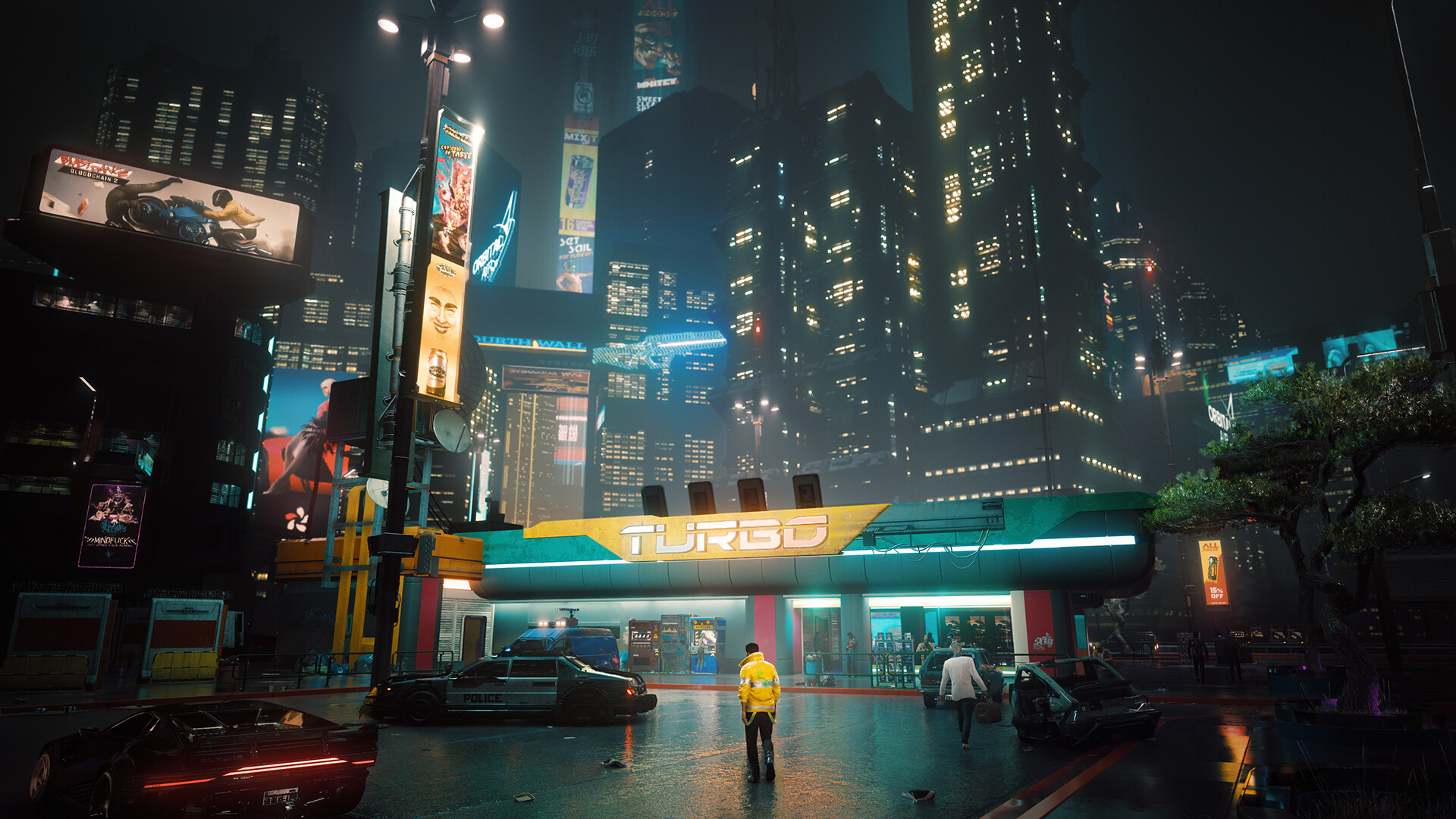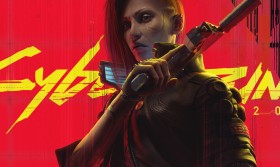Behind the Scenes: Editing Video for AAA Game News
In the fast-paced world of AAA game marketing, the final product a viewer sees—a slick, three-minute trailer bursting with explosive action and haunting melody—is merely the tip of a monumental iceberg. This visual spectacle is the result of a meticulous, often grueling, creative and technical process known as video editing. For the editors working behind the scenes on game news, trailers, and developer diaries, their craft is a unique blend of artistic storytelling, technical precision, and psychological manipulation, all conducted under the intense pressure of embargo dates and fan expectations.
The raw material that lands on an editor’s desk is far from the polished footage one might imagine. It is a deluge of digital assets: hours of uncut gameplay captures from various builds of the game, often with placeholder graphics, missing textures, or debug menus still visible. There are terabytes of direct-feed cinematic sequences, character model turnarounds, environment fly-throughs, and multiple audio tracks separating dialogue, sound effects, and music. Alongside this, there might be footage of motion capture sessions, developer interviews filmed on set, and voiceover recordings. The editor’s first Herculean task is to ingest, organize, and log this mountain of data. This initial step is critical; a poorly organized project bin can derail an entire edit, especially when a last-minute change request comes in from a director. Metadata is key—every clip is tagged with descriptors like “protagonist,” “explosion VFX,” “night scene,” or “emotional moment.”
Once organized, the editor moves to the core of the process: the story. Unlike a film editor who works with a predetermined script, a game trailer editor must find the narrative within the raw gameplay. Their goal is to construct a compelling arc that conveys the game’s tone, core gameplay loop, and unique selling points without spoiling key story beats. A launch trailer for a narrative-driven epic like The Last of Us or God of War will focus on emotional character moments and cinematic scope, carefully omitting crucial plot twists. Its edit will be slower, more deliberate, using lingering shots and a powerful musical score to build connection.
Conversely, a gameplay reveal for a competitive first-person shooter like Call of Duty is a symphony of controlled chaos. The editor’s rhythm here is everything. They must build a pace that feels exhilarating yet readable. Cuts are timed to the millisecond to match the beat of a high-energy track or the impactful sound of a sniper rifle. The magic lies in creating a sense of fluidity and skill that the average player might not achieve, stitching together the most spectacular moments from expert playtesters into a seamless power fantasy. This often involves masking UI elements, cleverly hiding loading transitions between levels, and creating the illusion of a single, incredible playthrough.
Sound design is the invisible backbone that gives the edit its power. It is arguably 50% of the viewer’s experience. Editors work with dedicated sound engineers to build an audio landscape from the ground up. The raw gameplay audio is often stripped away entirely. Every footstep, every weapon reload, every environmental rumble is meticulously replaced or enhanced with higher-quality studio samples. The editor layers these effects, balancing them against the dialogue and the music bed. The choice of music is itself a strategic decision. An iconic, recognizable track can generate immense hype, while an original orchestral piece can define the game’s identity. The editor cuts visually to the rhythm, ensuring a punchy sound effect hits on a beat or a dramatic scene change coincides with a musical swell. This audio-visual synchronicity is what makes a trailer feel professional and resonant.
The process is intensely collaborative. An editor is not a solitary artist but a central hub in a wheel of feedback. They work closely with creative directors, marketing managers, and often the game’s own developers. A typical workflow involves the editor crafting a “first cut,” which is then reviewed by a dozen or more stakeholders. Feedback pours in: “The pacing drags here,” “We need to highlight this new weapon,” “Can we remove that HUD element?” “The CEO doesn’t like that shot.” The editor must assimilate this feedback, often contradictory, and find a creative solution that satisfies all parties while preserving the integrity of the edit. This can mean creating dozens of iterations of the same trailer, each one subtly tweaked and refined.
The final, and often most intense, phase is the technical polish and delivery. This is where the editor ensures the video meets exacting broadcast standards: correct color space (Rec.709 or sRGB), proper audio levels (-2dB for peaks, -23LUFS for integrated loudness), and the myriad of delivery specs for different platforms. A video for YouTube will be optimized differently than one for a 4K cinema screen at E3. Every frame is scrutinized for any artifact, misaligned text, or imperfect transition. This happens on a tight deadline, especially when working with embargoes. The editor might be finalizing the export as the clock ticks down to the public reveal, a high-stress moment where a single dropped frame feels like a catastrophe.
Ultimately, the editor’s role is one of translation. They are the crucial bridge between the vast, complex, and often messy world of game development and the eager anticipation of the audience. They take thousands of hours of code, art, and design and distill it into a concentrated essence of excitement. They are storytellers, psychologists, and technicians, working in the shadows to manufacture the very dreams that fuel the multi-billion dollar gaming industry. The next time a game trailer gives you chills, remember the invisible hand that crafted that emotion, cut by precise cut, frame by perfect frame.

















